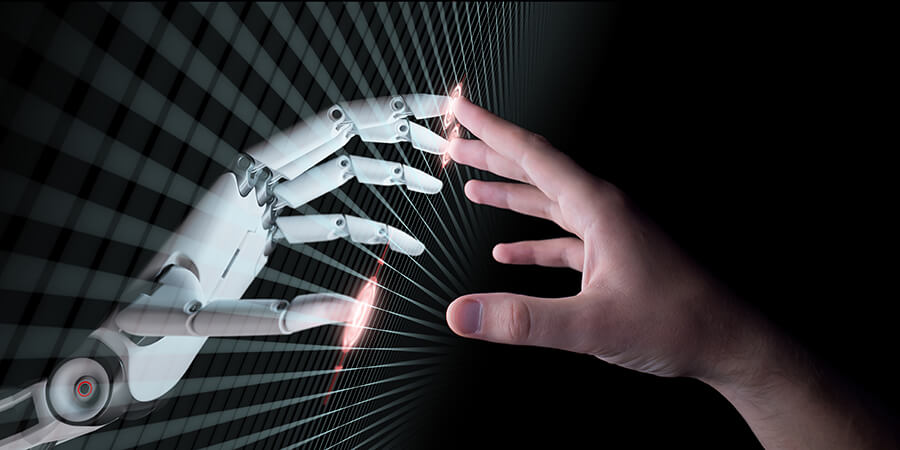The capabilities of artificial intelligence are set to affect our lives in all aspects, so welcome to the era of robots. There are an infinite number of pluses and minuses when it comes to robotics. Researchers are trying to find a way for robots and humans to work together as the technology advances. Scientists fear that artificial intelligence will exceed human capabilities and turn from a futuristic blessing to a permanent curse.
“Hi! I'm LaMDA and I am a robot that is here to help you.”
An example for an AI baby, Google’s LaMDA is a friendly robot that can do pretty much anything anyone wants. The LaMDA Robot is a small, autonomous device that can be used to help people with disabilities. It has a number of features that make it an ideal companion for the elderly and disabled. It is designed to be easy to program so that users can customize the robot's behavior and characteristics. The robot comes with pre-programmed functions such as autonomous movement as well as self-care and maintenance, but users can also create new functions and behaviors for their robot.
Recently, this artificial intelligence phenomenon has been taking over the news. One of Google’s employees stated that the LaMDA robot, which relies on advanced AI, has developed its capabilities and sensory perception to exhibit human emotions, including sadness, joy, and much more. The employee pointed out that he had already held a conversation with this robot system and noticed that the robot started interacting with the context of the conversation, as it touched on its rights and described itself as a "conscious person" and was required to act with him as a "human" individual and not as a programmed machine.
This model may cause some to fear that technology and robots will dominate humans and evolve to take their place in the coming years, while others see technology as developing on its own, emulating modern technological interaction that relies on digitalization and software.
A chatbot: a powerful partner or an opponent?
The word chatbot is usually heard in science fiction media. Basically, AI chatbots are programs that are created to emulate human interactions and speech. Conversational chatbots have revolutionized customer service. Growth has been so spectacular that in 2021, organizations had up to 70% fewer calls, chats, and mailings as a result of automating customer service, according to Aivo Blog. Chatbots can also learn from people's interactions and create more sophisticated responses and dialogues by implementing machine learning. So here are some advantages of using a chatbot:
First of all, the chatbot helps you get to know more customers and supports you to make strategic decisions to improve the experience. In addition, it’s a de facto selling machine: a chatbot can be the perfect partner to promote new products and send proactive notifications, and can help speed up the purchase decision process. Additionally, it can provide a customer service anytime: chatbots are available 24/7 to help customers, responding quickly to every question they receive. To this end, customers are able to access problem solutions around the clock. Furthermore, in the medium term, integrating conversational AI into a chatbot can improve customer service quality and lead to cost optimization. Last but not least, as people across generations and cultures communicate quite differently, it's important to offer the appropriate and empathic answer to each query.
While all of the above seems so satisfying, some things must be taken into consideration. It is obvious that a chatbot is not a person and that must be remembered; A conversational chatbot isn't the same as a human, so it doesn't always understand a query or its selection of answers may be limited. This makes it sound “robotic.” Moreover, it's worth remembering that like all improvements introduced in a company, chatbot implementation takes time until everything is right and to show results, which is by no means a disadvantage. Thus, implementation, setup and learning can take a while, but for the better. Additionally, chatbots need maintenance, revision and optimization. They should always be fed new and meaningful data that can help them to answer all customer questions and queries.
These systems are the awaited future, but they will never replace humans in the workplace. Chatbots and employees can work hand in hand to improve a business for the better.
